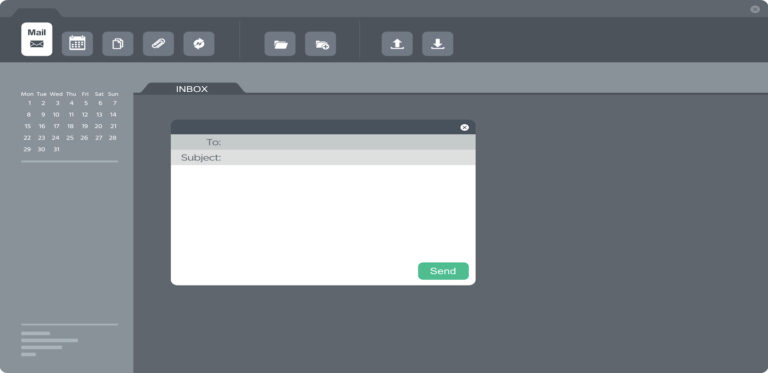There’s no doubt that the checklist for setting up an email the right way is a lengthy one. Not to mention the checklist for setting up an entire email marketing program. Looking through a more realistic lens, not all businesses have the time, budget, or knowledge to bring all of these components to life through their email program. Lucky for us, there are tactics and tools to put those must-have components in reach. Enter: Email Design System.
An Email Design System is a library of HTML (or visual) components for non-coders that want to build awesome emails. Not every marketing team is equipped with designers, but that doesn’t mean the look and feel of your emails should fall short! Through various modules, templates, image blocks and tips as you go along, your marketing team is able to create a consistent, efficient, and scalable email design system that will get your emails the attention they deserve.
So, where to start? Here are a few first steps for how to get started on building your very own email design system!
Hit the Books
Well, maybe not physical books. But start researching! The easiest place to start is going back to look at what you’ve already done. Refer back to your top-performing emails and see if there’s any pattern in topics, formatting, or send times. Are they promotional, newsletters, or simply highlighting a product’s benefits? Use this as a springboard to start sketching out your email design system and help you prioritize your focus in these beginning stages.
Get Feedback
An email design system is usually created for the entire marketing team to benefit from. That means the person creating it won’t be the only one using it! Try to view your EDS from the eyes of a designer, a copywriter, developer, and a marketer. Take into account the team’s familiarity with an EDS or email marketing in general. Some systems can be more turnkey, while others require more knowledge (i.e. levels of coding). Knowing who will be getting their hands dirty with it can help you cater the user experience while you’re in design mode.
Hot Tip
Align with your team on business goals and how they can be emphasized via email. Will you mainly be sharing product info and therefore have more image-forward emails? Or will you be working on customer relations and have more text-heavy emails? All of these decisions will impact how you design your EDS.
Create Your Templates
A huge pro of an email design system is to bring consistency into your emails. An even bigger pro (up for debate) is that it’s a huge time saver for your team. However, there is quite a bit of strategy and time that goes into creating the most effective template. After that, it could be as easy as drag and drop. Not to mention, a pretty good looking email.
What you’ll typically include in your template:
- Headers and footers – this information often stays the same. Think logo, tagline, business information like address or email, unsubscribe link, etc.
- Content blocks – typically reserved for images and text blocks. This will be the main focus of your template.
- Promotional offers and CTAs – Think of this as your call-to-action and upsell section. For example, if the email you’re writing is promoting your signature peanut butter, use the promotional section to highlight your signature jam or your all-new bread.
It helps to create a high-level outline of what you want some of your modules to look like. Remember, these are meant to be flexible and changeable based on the needs of specific emails (i.e. more frequent sales emails around the holidays). Once you gather feedback from the team, you’ll have more concrete templates.
Put the Pieces Together
Throughout this process, you’ll find yourself frontloading on small tasks that will save loads of time later on. Like all of your branding elements for instance. You’ll be able to house all your colors, logos, assets, and fonts in one place so you won’t have to go digging for them when it’s time to build.
Once you’ve done the groundwork, your emails will start coming together in half the time. Combine all of your elements (headers, CTAs, text blocks) and refine as you do to meet the purpose of the email.
Hot Tip
Don’t be afraid to A/B test. Yes, consistency is key. But there are some email elements that are meant to be toyed with. Try changing the placement of the call to action or even your subject line and see which performs better.
Keeping up with consistent email send outs is no easy task, but an email design system is meant to help you scale up your email production by allowing you to focus on the actual content rather than email logistics. Sounds like this is something your team needs? Get started by making a list of the components (banners, buttons, header, footer, etc.) your email program needs so you can zero in on an email design system that’s most tailored to your business goals.


